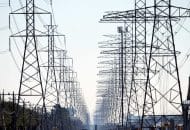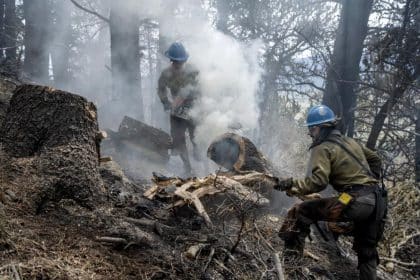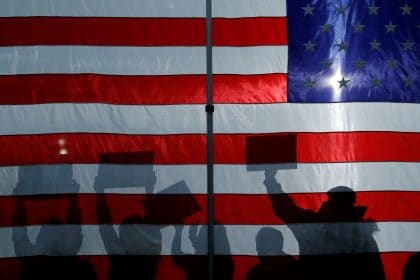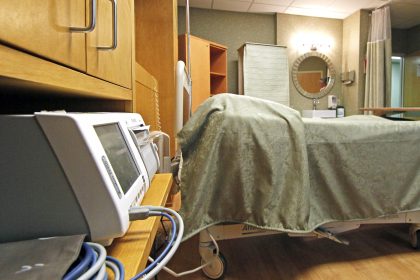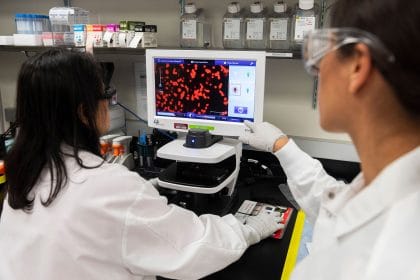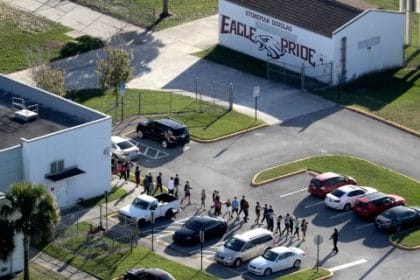Missed Connection: How Private Capital Can Boost US Airports
COMMENTARY
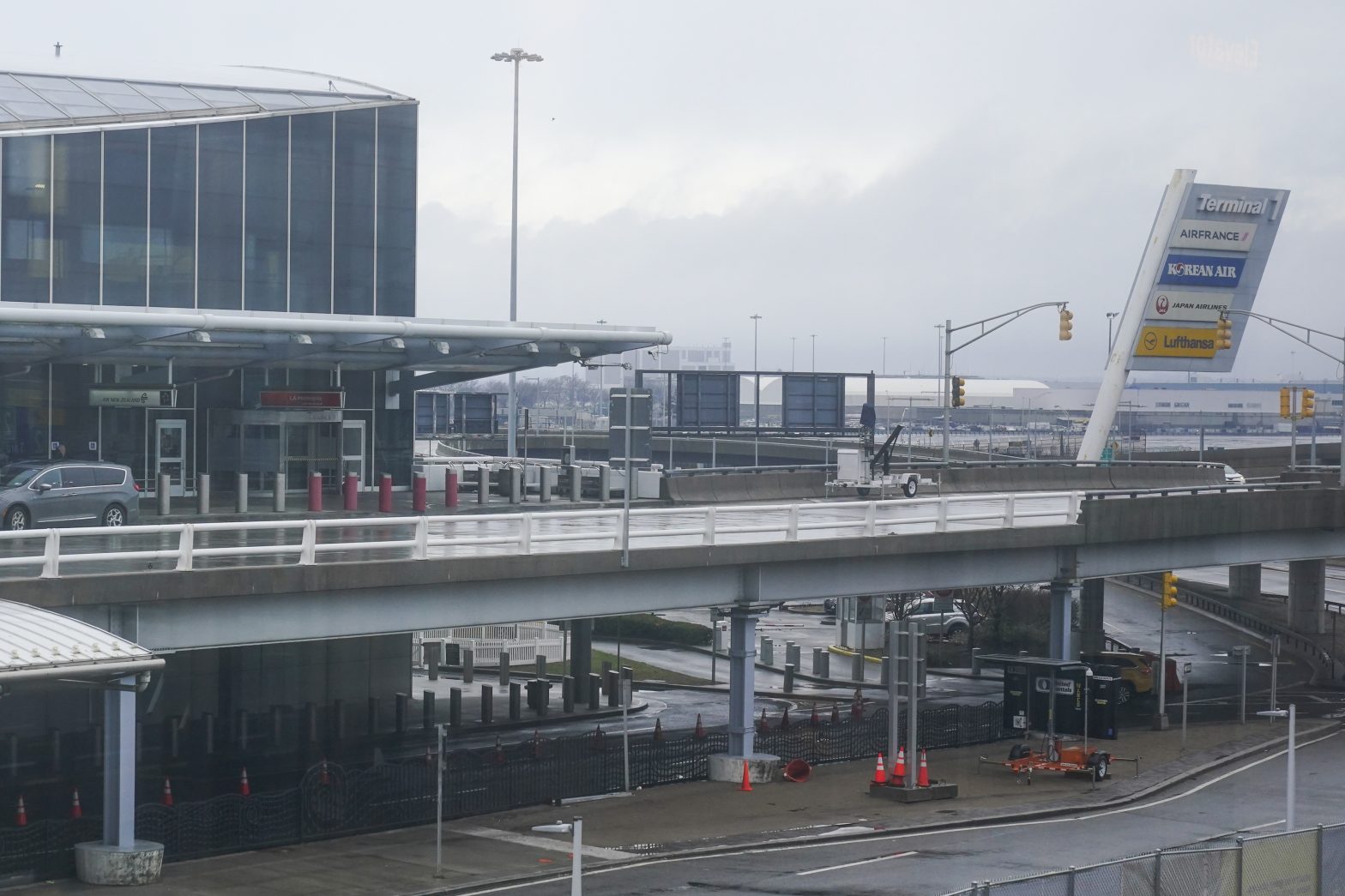
Fresh off one of the busiest travel seasons of the year, hardly anyone needs reminding of just how out of date and inefficient airports in the United States can be.
Reports show that, despite the United States’ global superpower and travel destination status, the nation’s airports regularly “miss the mark” for the average traveler.
So, how do we fix this? The first step is a meaningful reauthorization of the Federal Aviation Administration funding bill, which has been subject to several short-term continuing resolutions that merely keep the agency operational. The Alaska Airlines in-flight blowout incident triggered the grounding of over 100 similar aircraft for FAA inspections at a clip of 4-8 hours per plane — a major stretch of already thin resources. The need for improvements to airport traffic control and security screening only adds to the pile on the FAA’s plate, and that’s before we consider the much-needed improvements to passenger and airline ground facilities.
These proof points clearly show that half measures are no longer cutting it, particularly as the FAA reauthorization bill sits on the Senate tarmac, awaiting clearance for takeoff. To modernize our aviation industry and improve passenger experience, the industry must leverage other funding avenues for a long-term solution to address key infrastructure improvements in 2024.
Airports Council International estimates that infrastructure needs for American airports tops over $128 billion. With so many competing claims on public funds, how can we address these critical improvements to American airports? Enter private capital.
Private capital can fund the construction of additional terminal facilities, new gates and more comfortable waiting areas in U.S. airports. This type of funding, funneled through long-term contracts known as public-private partnerships, allows the industry partner to invest in public infrastructure without the owner fully privatizing the asset. Despite the benefits they provide to public assets, P3 models are currently underutilized in U.S. airports, certainly compared to most of the leading economies in the world where private sector finance and expertise play prominent roles in airport investment and management.
There are, however, some notable examples of successful P3 airport projects in the United States. Tweed New Haven Airport in New Haven, Connecticut, has been managed and operated by a private sector partner, Avports, for over 20 years. That successful relationship evolved into a new expansion deal that just received the FAA’s environmental assessment stamp of approval last month.
The Tweed New Haven Airport is a great example of a P3 established to operate an entire airport in the continental United States, but you may be surprised to learn that some of the bigger airports have P3 components to them as well. The Bipartisan Policy Center lists eight key U.S. examples, with notable mentions of JFK and LaGuardia Airports in New York, and LAX in Los Angeles. These P3 models were established specifically to improve certain areas of the airports through expansions and modernizations.
There’s no better time for the United States to take advantage of private capital than right now. Airline travel is experiencing a revenue bounceback after the homebound pandemic years and the 2023 FAA Forecast predicts annual U.S. carrier domestic passengers to grow by an average of 2.7% per year over the next 20 years. Pre-pandemic numbers show that the U.S. tourism industry generated $1.9 trillion in economic output and supported nearly 10 million American jobs. With the right investments, we have significant room to grow. New findings from the Global Infrastructure Investor Association also highlight the United States as one of the most desirable private investment destinations in the world — making it clear, with the right investment, the sky is the limit.
There is a gateway solution supported by advocates to ease the financial pressure on the FAA and leverage private capital to bridge this critical funding gap. Specifically, this provision is called the Infrastructure Investment Incentive Grant program, which offers a federal incentive for state and local governments to invest in infrastructure. This program has seen success in Australia by generating over $20 billion with just approximately $3 billion used in federal funds. We encourage U.S. policymakers to take note of P3 successes around the globe and to explore how these types of partnerships could benefit the American public.
Airports are vital to the U.S. tourist industry, providing gateways to access the nation’s monumental national parks, breathtaking coastlines and many other popular destinations. Yet, the current state of American air travel belies their importance. It’s high time the United States catches up with global competitors and seizes the opportunity that P3 models provide. Instead of headlines showing outdated infrastructure, delays and runway safety snafus, let’s harness private capital to help our aviation industry take off.
Jon Phillips is CEO of the Global Infrastructure Investor Association, advocating on behalf of investors in infrastructure around the world. Representing investors with more than $1.6 trillion of infrastructure assets under management across 70 countries, the association works with governments and other stakeholders to boost the role of private investment in providing infrastructure that improves national, regional and local economies. To contact GIIA, you can email Simon Montague.










